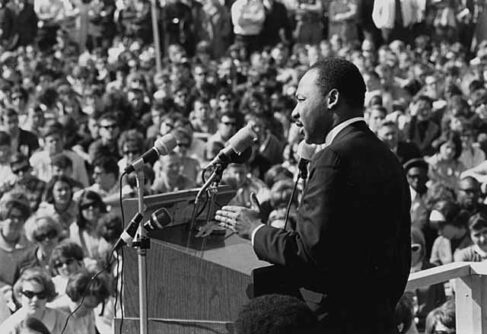Several trends stand out in the Chronicle’s 2011 Philanthropy 50:
1) Overall giving by the biggest donors is rising, but it’s still not at pre-recession levels. Even excluding the extraordinary bequest from Margaret Cargill, giving from the top 50 donors combined to reach $4.4 billion in 2011, up from a combined $3.3 billion in 2010. The median giving total in 2011 was $61 million, as mentioned above, but in 2007 it was $75 million: we still have a way to go to get back to pre-recession philanthropy.
2) It’s not clear why giving is trending up. The Chronicle headline suggests a theory: “As Tensions Over Wealth Gap Rise, the Rich Are Giving More” and the Chronicle quotes David Callahan, Senior fellow at Demos, who observes, “I don’t think it’s a coincidence that the first great year of philanthropy coincided with the progressive era, in that you had people like Andrew Carnegie and [John D.] Rockerfeller recognize that there are big disparities in society and they had themselves been subject to intense criticism.” As Callahan implies, it may be that pressures to defend the “1%” are part of the increased giving. However, it may also be that donors fear that the Obama administration will succeed in its efforts to reduce the value of the tax deduction for charitable gifts and are giving in advance of the reduced tax value of charitable gifts, just as there was a spike in giving by large donors in advance of the reduction of the value of the tax deduction for charitable gifts in the Reagan tax reform. On the other hand, it may be simply that, as economic prospects brighten, the very big donors -- like the rest of us -- feel more able to give. Or, perhaps, there are simply stochastic factors that boosted giving among the very biggest donors in 2011.
3) For all the talk of a higher-education bubble, the Philanthropy 50 still see higher education as a good bet: nineteen gave large gifts to colleges and universities. It is interesting to note that ten of these nineteen donors gave large gifts to colleges that were not the donors’ alma maters. But I was sorry to see that the willingness to give to colleges other than alma maters did not translate into big contributes to smaller, worthy colleges but tended to go to Ivy League schools and the Ivy’s peers. My own alma mater -- Duke University -- received $90 million from donors on this year’s Philanthropy 50, more than any other school. While I believe that Duke will put the money to good use, I also know how much some of those millions could do at smaller good colleges with solid leadership and faculty. The $31 million gift of Charlee and Robert Moore -- donors ranked #41 on this year’s Philanthropy 50 -- to the Oregon Health & Science University will do more to transform that small public university than similar-sized gifts to the Ivy League schools.
4) While giving is up, the kinds of organization and causes that receive large gifts hasn’t changed: a third of the gifts from the Philanthropy 50 went to higher education; a sixth went to hospitals and medical research; and museums, libraries, and historic preservation also received substantial funding.
It’ll be interesting to see, a year now, what levels of giving will have been achieved by the 2012 Philanthropy 50 and whether they will reach pre-recession giving levels.





